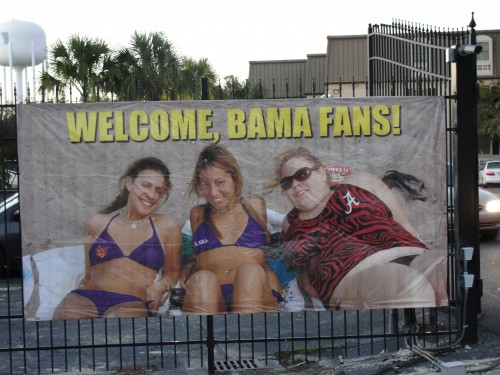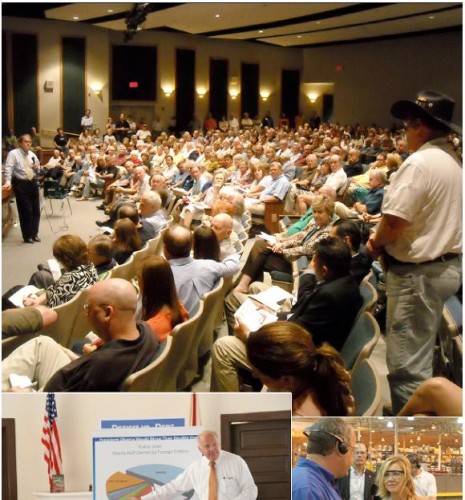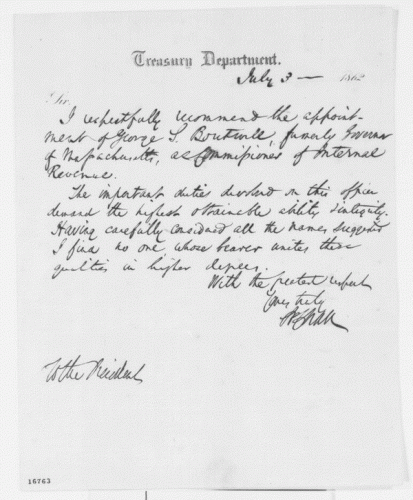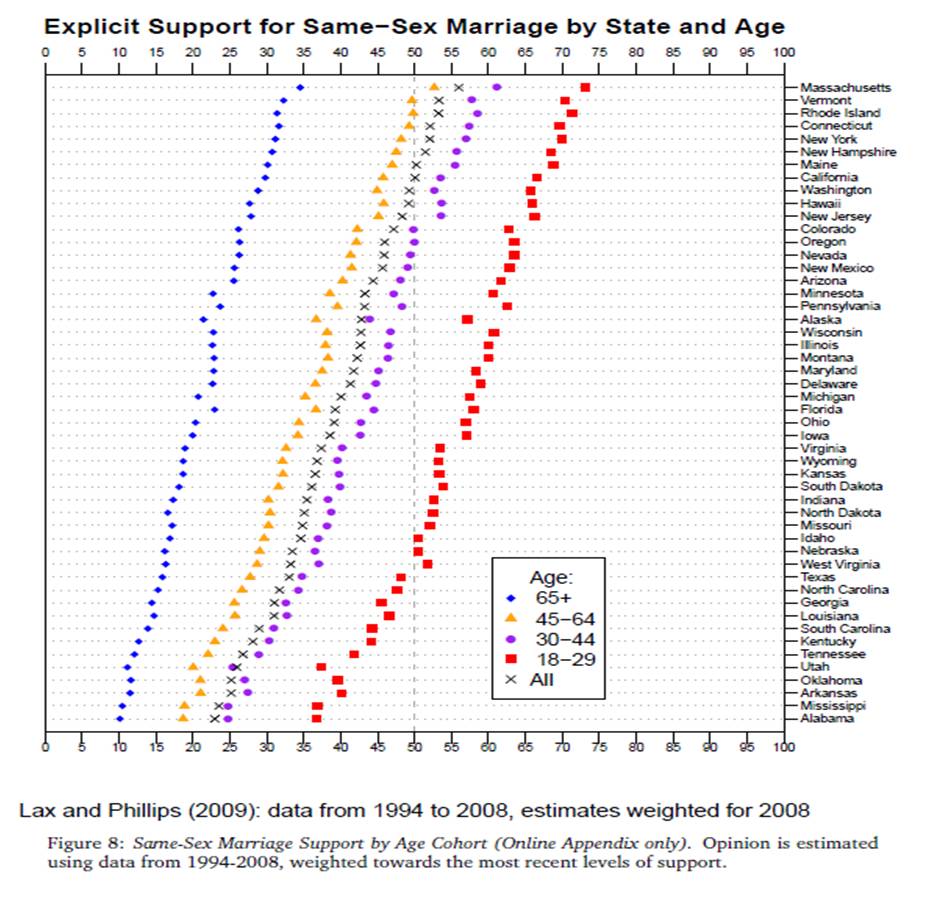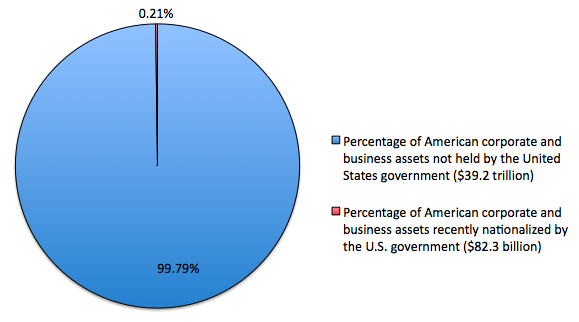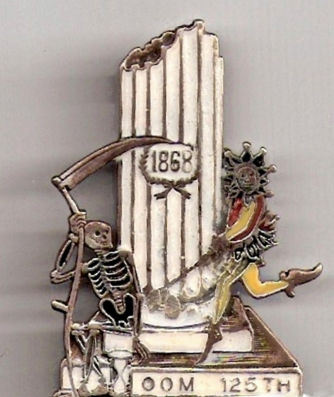A reader associated with WOW/WGSGO, two feminist groups at Louisiana State University, sent in an image a friend took of a banner that is currently on display at an apartment complex near the campus in Baton Rouge, presenting two supposed LSU fans and one University of Alabama fan (in anticipation of tomorrow’s football game between the two teams):
As the sender-inner points out, the banner “is obviously sexist, fat-phobic, and caters to a male gaze and sports rivalry through objectification of women.” Individuals from WOW and WGSGO have repeatedly called the apartment complex to ask that the banner be taken down, so far to no avail.
It’s a perfect example of how fat bodies are both themselves stigmatized and used to stigmatize others. In this case, not only is this individual woman being mocked, but marking her as an Alabama fan serves to mock and denigrate all other fans by association. Because, as we all know, the campus with the hottest (according to conventional standards of attractiveness) chicks wins!

